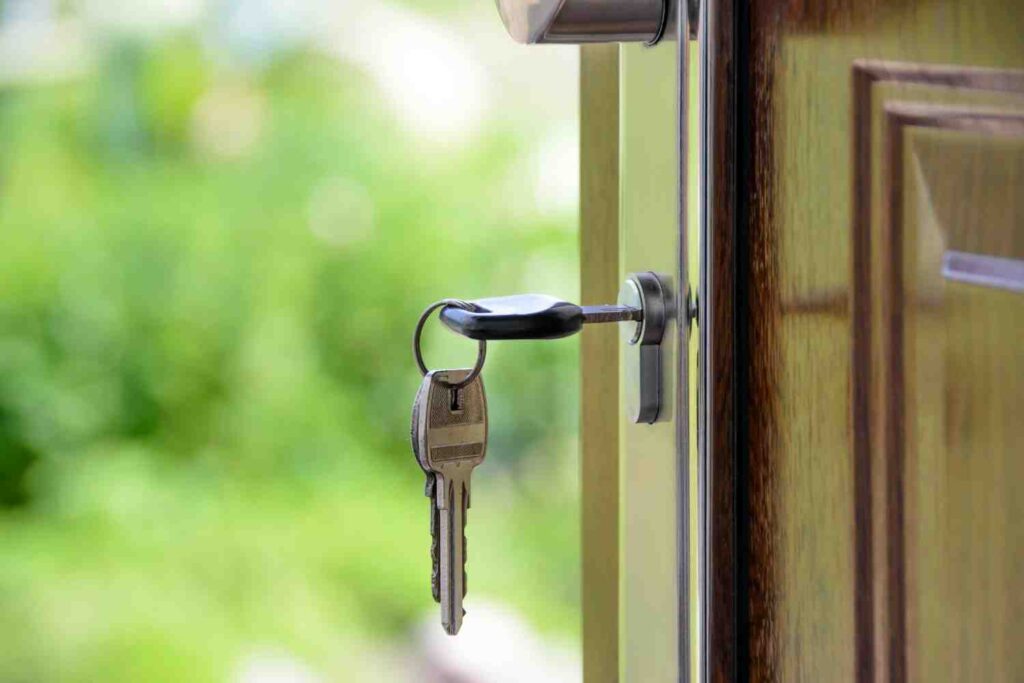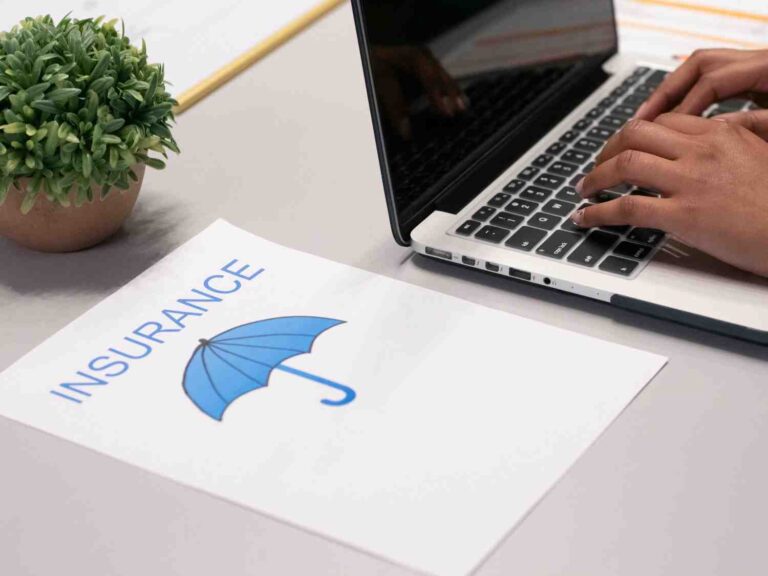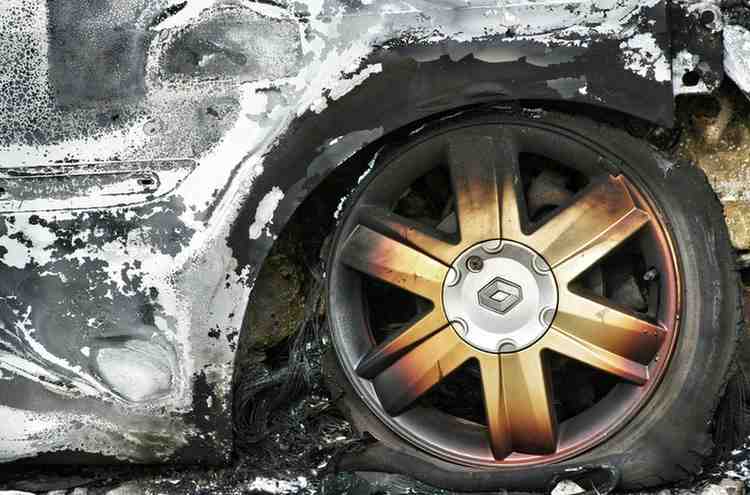How to Get Private Mortgage Insurance (PMI)
Buying a home can be one of the most exciting steps, but it comes with terms and processes that might feel overwhelming—especially when you’re putting down less than 20%. One of those terms is private mortgage insurance, or PMI.
I remember when I was exploring home financing, PMI seemed like a confusing add-on. But once I understood how it worked, it turned out to be a helpful tool that opened the door to homeownership. Here’s a simple guide to what PMI is, why it matters, and how to get it—without the confusing jargon.

What is Private Mortgage Insurance?
Private Mortgage Insurance (PMI) is an insurance policy that protects the lender—not you—in case you default on your loan. If your down payment is below 20%, the lender sees more risk. PMI helps reduce that risk.
For many buyers, like me, PMI can be the reason homeownership becomes possible sooner. It increases your monthly payment slightly but lowers the amount you need upfront.
Learn more about other real estate strategies in this guide to business insurance and chiropractic care insurance during pregnancy.
Why Lenders Require PMI
Lenders need assurance that they’ll recover their money if the borrower stops paying. PMI provides that safety net. If your down payment is less than 20%, most lenders will require PMI.
I initially felt a bit nervous about adding this extra cost, but knowing it helped me qualify for a mortgage made it easier to accept.
Different Types of Private Mortgage Insurance
There are several types of PMI. Here’s a quick breakdown:
| PMI Type | What It Means | Pros | Cons |
|---|---|---|---|
| Borrower-Paid (BPMI) | Monthly add-on to your mortgage | Easy to cancel | Higher monthly payment |
| Single-Premium | One payment at closing | No monthly payments | Higher upfront cost |
| Lender-Paid (LPMI) | Lender pays, higher interest rate | No monthly PMI bill | Higher loan interest |
| Split-Premium | Combo of lump sum and monthly | Smaller monthly cost | Still requires upfront funds |
I personally chose BPMI because I didn’t want to shell out a big payment upfront. But for some, a single-premium PMI might save money long-term.
For more options, check out our auto insurance cost guide and spot pet insurance reviews.
Steps to Get Private Mortgage Insurance
Here’s how I navigated the PMI process:
- Know Your Down Payment: If you can’t afford 20%, that’s okay. PMI fills the gap.
- Talk to Multiple Lenders: Each lender offers different PMI terms.
- Ask About PMI Providers: Some lenders partner with insurers; others give you a choice.
- Compare Costs: Your credit score, loan type, and down payment will impact rates.
This journey reminded me of comparing plans for massage therapy insurance coverage or even plastic surgery coverage. Always shop around.
You can also visit Investopedia’s PMI breakdown for more background.
Ways to Lower PMI Costs
Here are ways to reduce PMI expenses:
- Improve Your Credit Score: Better credit = lower PMI.
- Make a Bigger Down Payment: Even 10% is better than 5%.
- Choose the Right Loan Type: Some loans have better PMI terms.
Working on my credit before applying shaved off some of the PMI cost, just like how small changes helped when I looked into weight loss surgery coverage.

How to Cancel PMI
The good news? PMI doesn’t last forever.
| Step | What to Do |
|---|---|
| Check Home Equity | You need at least 20% equity to cancel PMI |
| Contact Your Lender | Request cancellation in writing |
| Automatic Cancellation | Happens at 22% equity if you’re current on payments |
| Appraisal (if needed) | Some lenders ask for a new home value |
I hit 20% equity in under five years and submitted a cancellation request. The extra effort was worth it. For a smoother process, check out this home insurance claim guide.
Also Read
Explore similar articles:
Alternative Options to Avoid PMI
PMI isn’t your only choice. Here are a few alternatives:
- Piggyback Loans: A second loan covers the gap, avoiding PMI.
- VA or USDA Loans: These government-backed loans often don’t require PMI.
- Save for a Bigger Down Payment: Avoid PMI entirely with 20% upfront.
To understand how different policies work, visit Consumer Finance’s PMI tips.
In Short
Private Mortgage Insurance makes it possible to buy a home without a 20% down payment. From learning how PMI works to getting it canceled, it’s all part of making homeownership more accessible.
Need more financial tips? Start exploring:
FAQs
What is PMI?
Private Mortgage Insurance is coverage that protects the lender if you default on a home loan with less than 20% down.
Why do I need PMI?
It reduces the lender’s risk, allowing them to approve you for a mortgage even with a smaller down payment.
How much does PMI cost?
It typically costs 0.3% to 1.5% of your loan amount annually.
Can I cancel PMI?
Yes, once you reach 20% equity in your home, you can request cancellation.
How do I avoid PMI?
You can avoid it with a 20% down payment, a piggyback loan, or certain government loan programs.
Where can I learn more?
Explore more at realestatejot.info or visit Investopedia’s PMI section.







